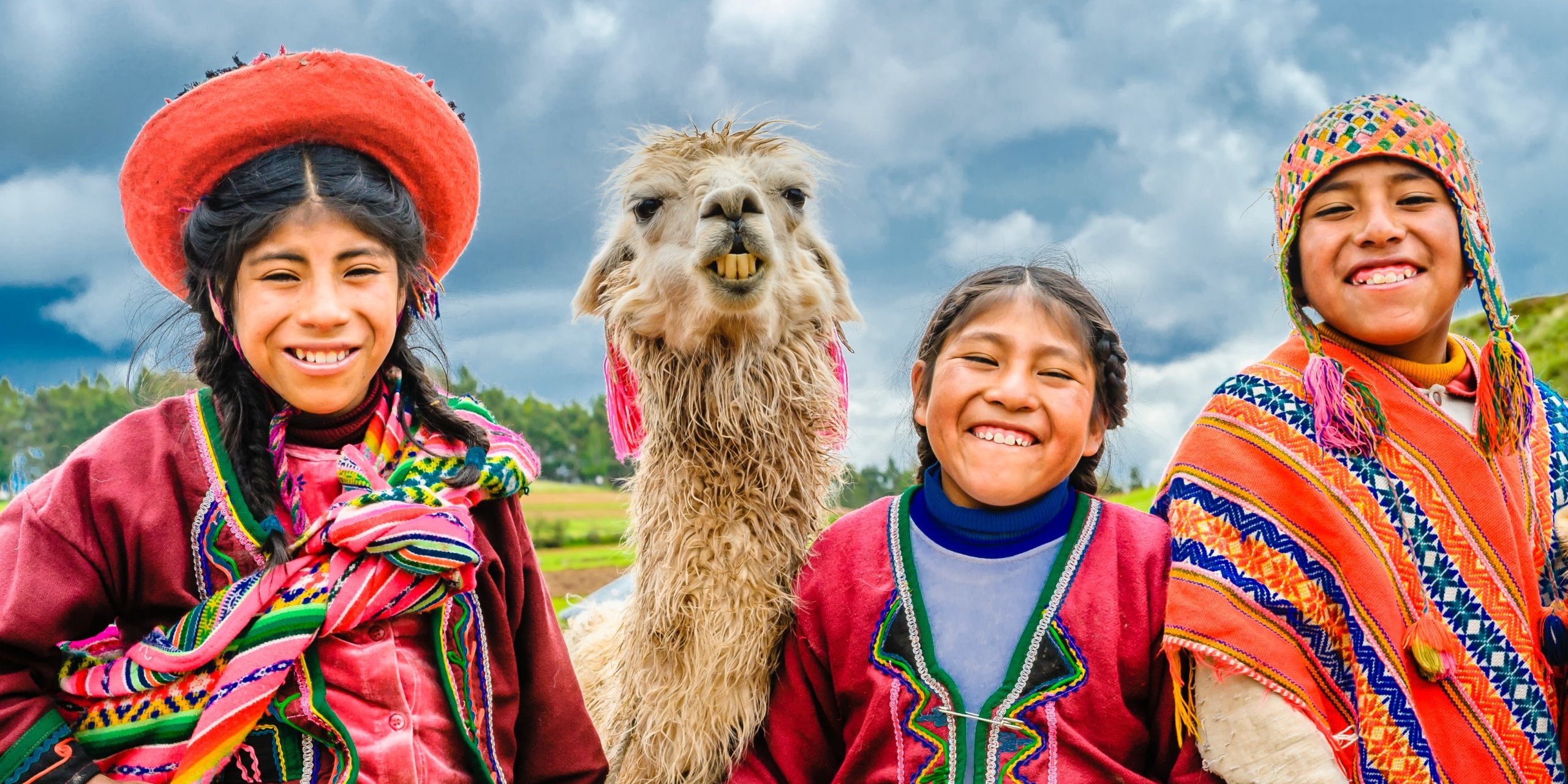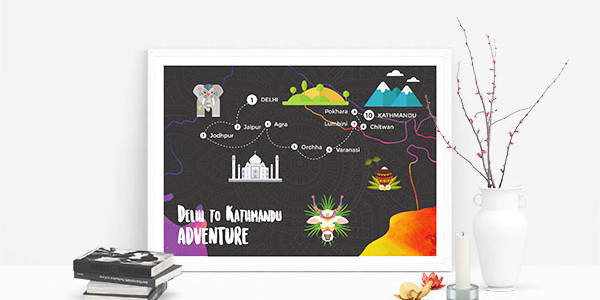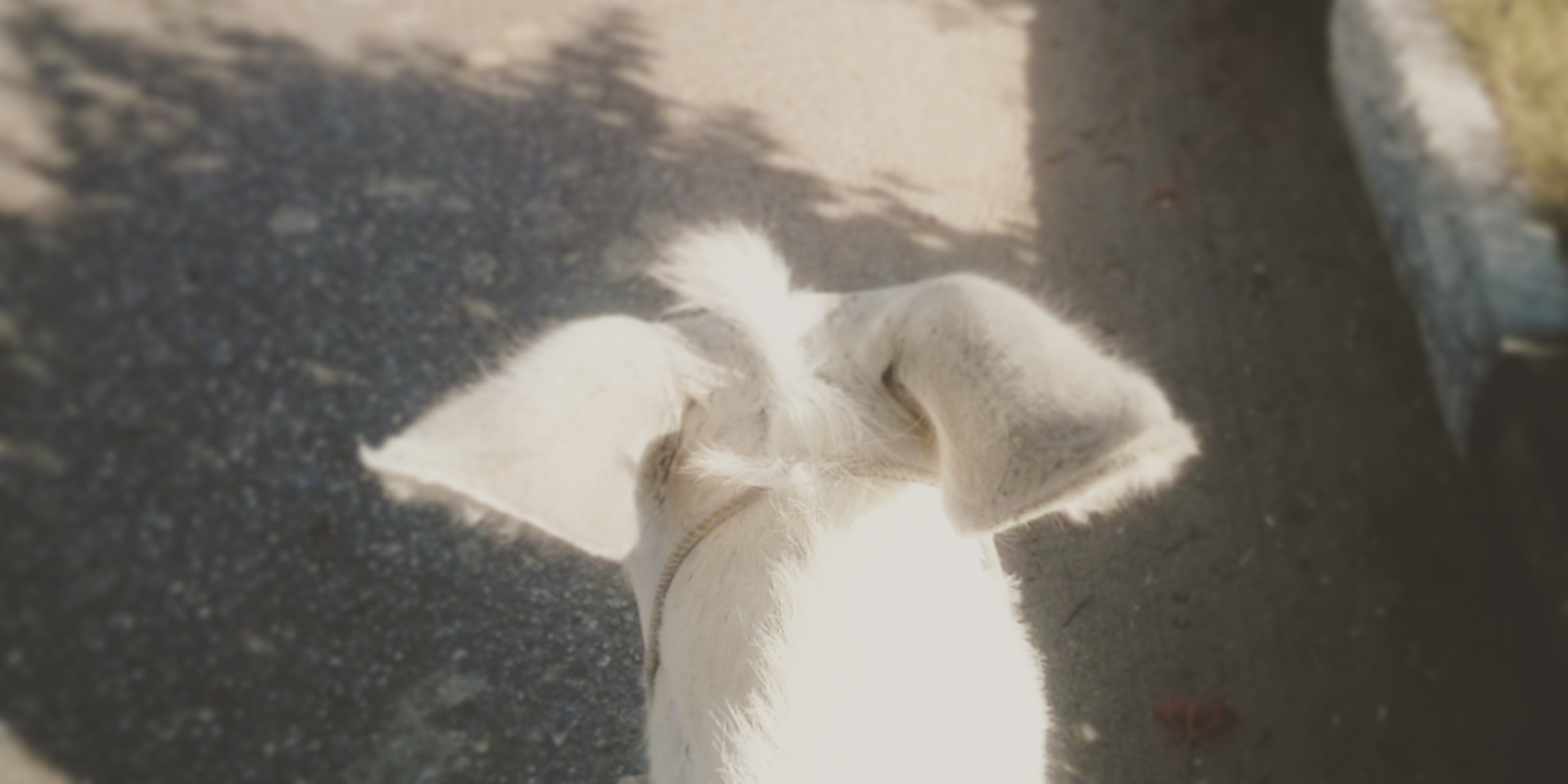Time for the second African adventure of the year, now in search of the Big Five!
Just getting to Africa is going to be an adventure… I will be flying from London to Brussels (Belgium), then to Bujumbura (in Burundi -yeah, don´t ask me why!) and a last flight to Nairobi (Kenya). Connecting times are ridiculously tight so I will have to run and pray to don´t have any delay or problem.
El mero hecho de llegar a África va a ser una aventura… Vuelo de Londres a Bruselas (Bélgica), después a Bujumbura (en Burundi -sí, no me preguntes por qué) y el último vuelo es ya a Nairobi (Kenia). Los tiempos entre vuelos son extremadamente ajustados así que me tocará correr y rezar para que no haya ningún retraso o problema.

I will start visiting Nairobi, the capital of Kenya. I am staying in a budget hostel the night I arrive and on a nice hotel the second night, where I will be meeting the group and the two Chief Experience Officers that will travel with me.
And so the adventure begins. We will be traveling through the Rift Valley to get to the Lake Nukuru National Park (156km, around 4 hours driving) for a game drive there. We will also stop at the Lake Naivasha for a boat ride and try to search for hippos, crocodiles and birdlife. The name Naivasha comes from the Masai “Nai’posha”, which means “rough water”, though Lake Naivasha is generally calm. It is a famous spot to see lovebirds, ibis, and fish eagles, watch buffaloes wallow in the swamps and listen to colobus monkeys call from the treetops.
The next stop will be in the famously known Masai Mara National Park, where we will do game drive in search of the Big Five (in Africa, the big five game animals are the African lion, African elephant, Cape buffalo, African leopard and white/black rhinoceros). Masai Mara is one of the world’s top safari destinations, known for its abundance of big cats – lion, leopard and cheetah – as well as the two million wildebeest, zebra and Thomson’s gazelles that migrate annually across the vast grasslands in search of water. I am hoping to see some hyenas feast on a recent kill, elephants and giraffes graze, and maybe some black rhino. I will also try to get the opportunity to visit a Masai village, something I have always dreamt about!
Then we will ascend from the plains to the green hills of Kenya’s premier tea-growing and soapstone region of Kisii, very close to the Lake Victoria, where we will be camping once we get our visas and are able to cross the border to Tanzania.
Empezaré visitando Nairobi, la capital de Kenia. Me alojaré en un hostal económico la noche que llego y en un hotel mejorcillo la siguiente noche. Aquí conoceré al grupo y a los dos guías con los que haré el viaje.
Y comienza la aventura. Viajaremos a través del Valle del Rift hasta llegar al Parque Nacional Lago Nakuru (156km, 4 horas) donde haré el primer safari. También pararemos en el Lago Naivasha, donde cogeremos un barco para ir en búsqueda de hipopótamos, cocodrilos y aves. El nombre Naivasha viene del Masai “Nai’posha”, que significa “agua dura”, aunque el lago Naivasha es generalmente calmado. Es un lugar famoso para ver aves, ibis y águilas pescadoras, búfalos revolcarse en los pantanos y escuchar a los monos colobos llamar desde los árboles.
La siguiente parada será el famoso Parque Nacional Masai Mara, donde haré safaris en busca de los Cinco Grandes (en África, los cinco grandes animales son el león africano, el elefante africano, el búfalo del Cabo, el leopardo africano y el rinoceronte blanco/negro). Masai Mara es uno de los destinos más famosos para hacer safaris por su abundancia en grandes felinos – león, leopardo y guepardo – así como por los dos millones de ñus, cebras y gacelas Thomson que migran anualmente a través de los vastos pastizales en busca de agua. Espero ver alguna hiena festejar sobre su presa, elefantes y jirafas abrazándose y quizá algún rinoceronte negro. También intentaré hacer una visita a algún típico poblado Masai, algo con lo que siempre he soñado.
Después ascenderemos de las llanuras a las verdes colinas de la región de Kenia más importante en plantaciones de té y piedra esteatita, Kisii, muy cerca del Lago Victoria, lago en el que acamparemos una vez hayamos conseguido los visados y cruzado la frontera a Tanzania.

The highlight of the Tanzanian part of the trip is going to be the visit to the Serengeti National Park. This is the reason why people go to Africa. Zebra, wildebeest, lions, elephants, buffaloes… Tanzania’s Serengeti tends to be less crowded than some of Kenya’s reserves, so this will be the time for a up-close look at wild Africa.
The journey will continue crossing the Serengeti plains, traveling to the Ngorongoro Conservation Area, famous for Africa’s best game viewing. It is said that the views from the Ngorongoro Crater rim are stunning, and there is an ever-present abundance of wildlife, due to the permanent water supply on the crater floor. Masai herdsmen appear in the morning mist. Down in the crater there are zebra, gazelles, buffalo, and warthogs. The swamp and forest are home to hippos, black rhinos, elephants, baboons, and monkeys.
To end the adventure, we will leave for Kenya passing by Mount Meru and hopefully catching a glimpse of the mighty Mt Kilimanjaro in the distance.
I´ll stay another night in a hostel in Nairobi and the way back will be through Brussels airport (no Burundi this time!), and hopefully full of adventures to tell and tons of experiences reflected in pictures.
Lo más destacado de la parte del viaje en Tanzania es visitar el Parque Nacional del Serengueti. Ésta es la razón por la que la gente va a África. Cebras, ñus, leones, elefantes, búfalos… El Serengueti tiende a estar menos masificado que otras reservas en Kenia, así que esta será la oportunidad de echar una ojeada a la vida salvaje africana.
El viaje comenzará atravesando las llanuras del Serengueti en dirección al Área de Conservación del Ngorongoro, famosa por ser el mejor lugar para safaris en África. Dicen que las vistas desde el borde del cráter son impresionantes, y siempre hay abundante presencia de vida animal, debido al permanente suministro de agua en el suelo del cráter. Los pastores Masai aparecen en la niebla matutina. En el cráter hay cebras, gacelas, búfalos y jabalíes. El pantano y los bosques son hogar de hipopótamos, rinocerontes negros, elefantes, babuinos y monos.
Para acabar la aventura, dejaremos Kenia pasando por el Monte Meru y esperando ver el Monte Kilimanjaro en la distancia.
Me quedaré una noche más en un hostal en Nairobi y el vuelo de vuelta será de nuevo con escala en el aeropuerto de Bruselas (esta vez no Burundi), y seguramente con cientos de aventuras que contar y fotos cargadas de memorias.


